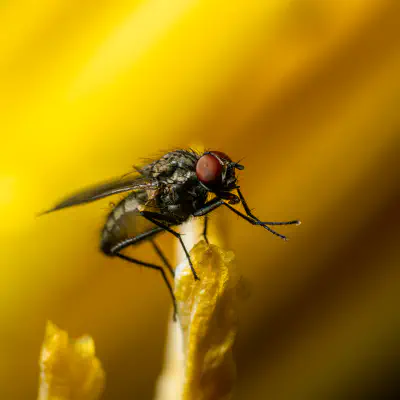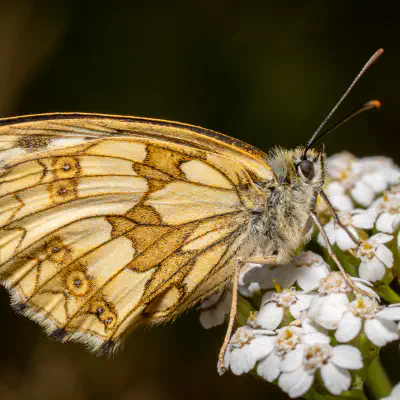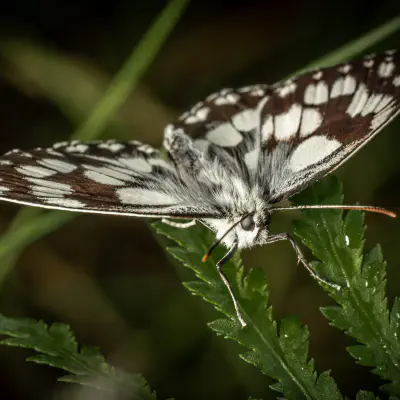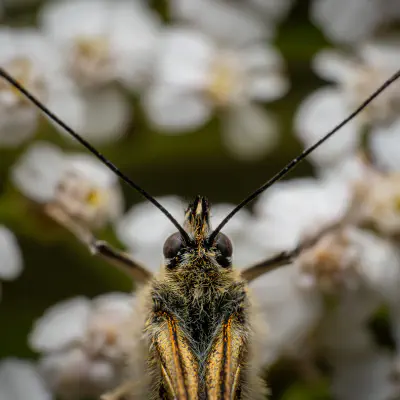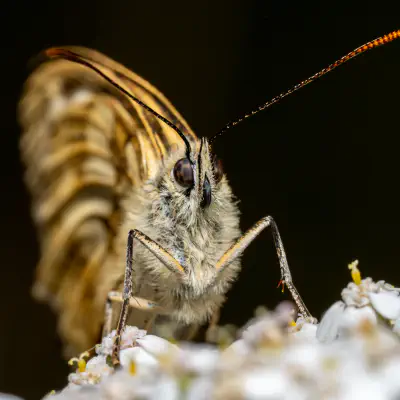Subspecies include: Melanargia galathea galathea Europe, southern Urals Melanargia galathea donsa Fruhstorfer, 1916 Caucasus Melanargia galathea lucasi (Rambur, 1858) North Africa Melanargia galathea magdalenae Reichl, 1975 Melanargia galathea procida (Herbst, 1796) Melanargia galathea satnia Fruhstorfer, 1917 (= njurdzhan Sheljuzhko) Caucasus Major and Minor Melanargia galathea tenebrosa Fruhstorfer, 1917
Marbled White (lat. Melanargia galathea)


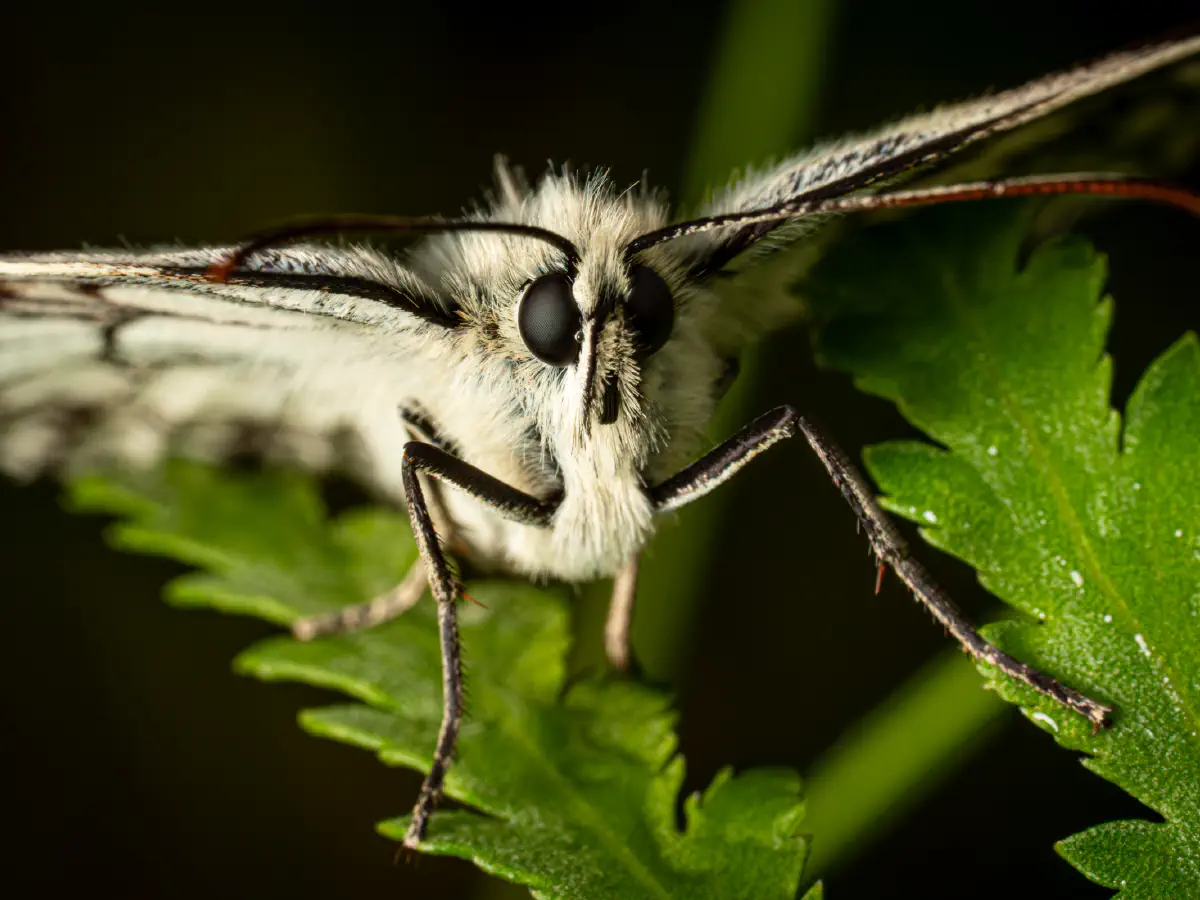

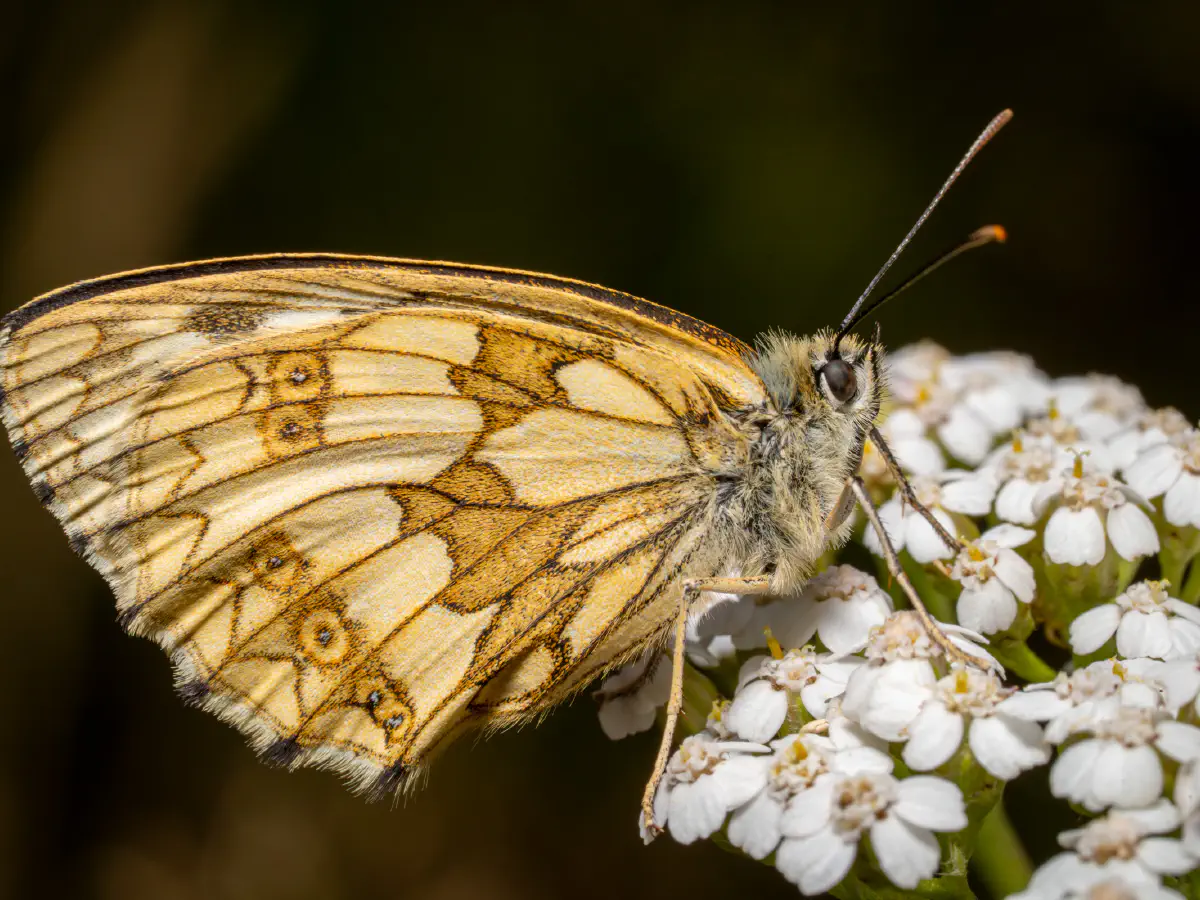



This is not intended to be a dry lexicon. Personal stories and sensitive articles form the framework for our pictures: „“Yuck,” said the poodle – A lesser housefly in the dog salon“
We really ought to talk about the value of every living being.
